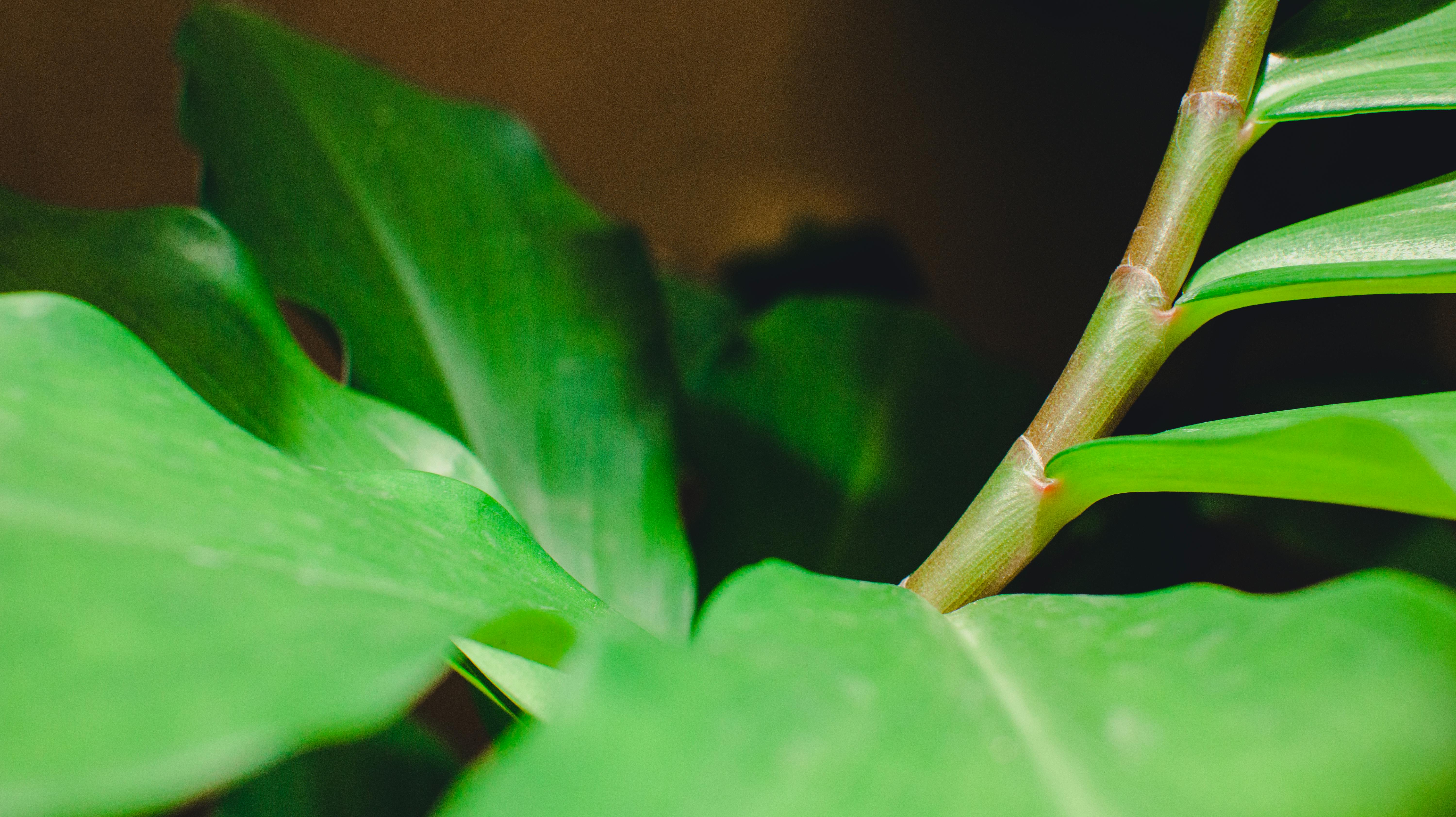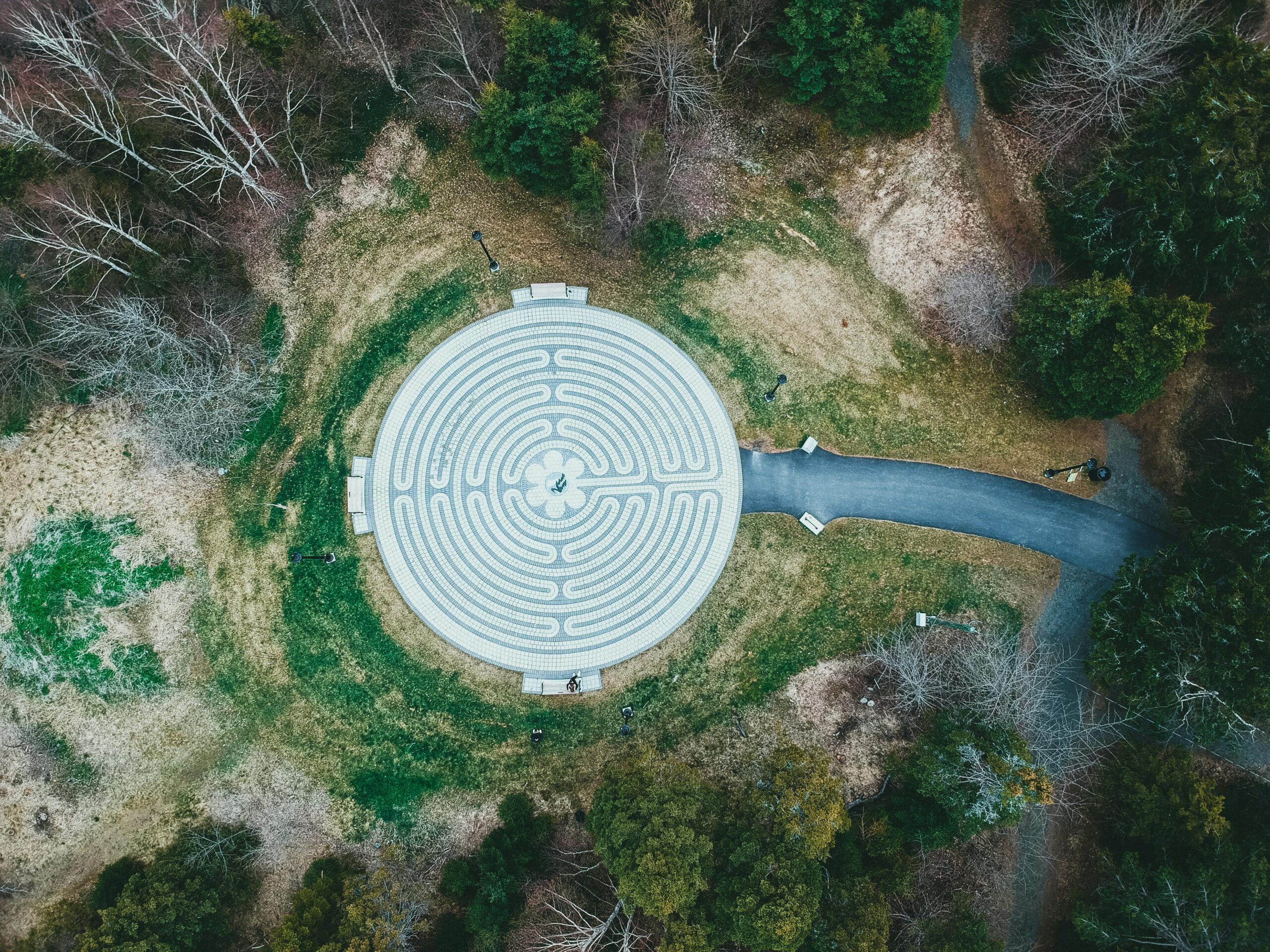Gestalten Garten: Creating Your Dream Garden Space
Gestalten Garten, or garden design, is a captivating endeavor that allows you to transform any outdoor space into a personal paradise. Whether you have a small balcony or a sprawling backyard, the principles of **gestalten garten** invite creativity and functionality into gardening. In this article, we will explore inspiring ideas, essential techniques, and practical tips to help you craft your perfect garden haven.
Principles of Garden Design
Understanding the basic principles of garden design is crucial for executing your vision. The foundation of a well-designed garden includes elements such as balance, proportion, and rhythm. **Balance** can be achieved by distributing visual weight evenly throughout the space, whether through symmetry or asymmetry. **Proportion** refers to the size relationships between different garden elements, ensuring that everything fits harmoniously. Lastly, **rhythm** provides a sense of movement and flow, utilizing plants and structures to guide the eye through the garden. Integrating these principles will enhance the aesthetic appeal and functionality of your garden.
Using Color to Enhance Your Garden
Incorporating color into your garden design can profoundly influence its appearance and ambiance. A thoughtful color palette can evoke various emotions—from tranquility to vibrancy. **Cool colors** like blues and greens can create a calming atmosphere, while **warm colors** such as reds and oranges can energize the space. Consider your garden’s purpose when selecting colors; for instance, a relaxation area may benefit from soothing hues, while a playful space for children might incorporate brighter shades. Combining a variety of plants with different flowering times will also allow your garden to showcase a **dynamic display** of colors throughout the seasons.

Emphasizing Texture in Your Garden
Texture adds depth and interest to your garden design, providing a tactile experience. Combining different foliage forms, such as the smooth leaves of hostas with the coarse fronds of ferns, creates contrast that captivates attention. Additionally, utilizing materials like stone, wood, or metal in pathways and structures can enhance the overall texture. Implementing layers with tall plants in the back and shorter ones in the front can also create a sense of depth and a **visually appealing** garden layout.
Garden Layout and Structure
When planning your garden layout, consider both flow and function. A clear layout ensures accessibility while maximizing the use of space. Some popular garden structures include raised beds, trellises, and patios, which contribute to the garden’s usability and aesthetic. **Raised beds**, for instance, are an excellent choice for vegetable gardens, as they provide better soil drainage and make gardening easier on the back. You can further enhance your garden’s design by creating distinct areas—like dining spaces, play areas, or quiet nooks—allowing for diverse experiences within your outdoor space.
Creating Outdoor Rooms
The concept of outdoor rooms can revolutionize how you use your garden. By defining specific areas for socializing, relaxation, or even cooking, you can enhance practicality while promoting an inviting atmosphere. For example, establish a patio with comfortable seating for entertaining guests. Add a fire pit or outdoor kitchen to elevate the functionality of your space. Utilizing **vertical gardening techniques** can also add innovative design elements while maximizing limited space. For smaller gardens, **hanging plants** or wall-mounted planters create more room and lend an artistic flair.

Incorporating Water Features
Water features can bring a serene aspect to your garden design. The sound and sight of water promote relaxation and provide a visual focal point. Options range from small fountains and birdbaths to larger ponds or waterfalls, depending on the available space and budget. When choosing a water feature, consider how it interacts with the surrounding plants and landscape. Incorporate native aquatic plants to support local wildlife and enhance the natural beauty of your garden. Additionally, proper maintenance is vital to ensure that your water feature remains an attractive and healthy element within your garden.
Sustainable Gardening Practices
Adopting sustainable gardening practices allows you to create an eco-friendly garden while maintaining its beauty. Utilizing native plants can promote biodiversity and reduce the need for excessive watering or fertilizers. Furthermore, incorporating compost and organic matter into your soil can enhance its health, ensuring that your plants thrive naturally. Implementing rainwater harvesting systems can reduce water consumption and keep your garden hydrated without relying on municipal supply. Consider creating a wildlife habitat through planting diverse species and providing food, water, and shelter—transforming your garden into a thriving ecosystem.
Choosing the Right Plants
When selecting plants for your garden, prioritize those that will thrive in your local climate and soil conditions. Familiarize yourself with the **USDA Plant Hardiness Zones** to identify suitable flora that can withstand seasonal changes while still offering beauty year-round. Additionally, incorporating a range of plant heights, colors, and textures will create a visually stimulating effect. Combining evergreen plants with seasonal flowers can ensure your garden remains lively and appealing, even in winter. Plan your plant arrangements carefully to ensure optimum growth and maintenance ease.
Maintaining Your Garden
Maintaining your garden is crucial for its longevity and vibrancy. Regular tasks include pruning, weeding, and fertilizing, which help to keep plants healthy and promote growth. Creating a seasonal maintenance schedule can significantly ease garden upkeep. For instance, spring may focus on planting and refreshing soil, while summer and fall might center on monitoring plant health and preparing for colder months. Additionally, investing in the right tools—such as gardening gloves, pruners, and watering cans—can streamline your gardening process, making it a more enjoyable and productive experience.
Key Takeaways
- Incorporate principles of garden design—balance, proportion, and rhythm—for a harmonious space.
- Use color and texture strategically to enhance your garden’s visual appeal.
- Design outdoor rooms to create distinct areas for different activities and experiences.
- Practice sustainability through native planting and environmentally friendly maintenance techniques.
- Regular maintenance ensures your garden remains beautiful and functional year-round.
FAQ
1. What are the best plants for a low-maintenance garden?
Low-maintenance gardens typically include native plants, succulents, or drought-resistant species. Examples like lavender, ornamental grasses, and sedums offer stunning visual appeal while requiring minimal care. These plants adapt well to local conditions, reducing water and maintenance requirements over time.
2. How can I create privacy in my garden?
Creating privacy in your garden can be achieved with strategically placed hedges, trellises, or fences. Incorporating climbing plants on trellises can add greenery while also acting as a natural barrier. Additionally, placing outdoor furniture in secluded areas or using tall potted plants can establish intimate outdoor spaces.
3. What features should I include in a children’s garden?
A children’s garden should be engaging and safe. Consider adding a sensory area with fragrant plants, soft ground covers, and colorful flowers. Designate spaces for play—such as a sandbox, small climbing structures, or a mini garden to cultivate their planting skills. Involving children in the gardening process encourages a sense of responsibility and respect for nature.
4. How do I improve my garden soil?
Improving garden soil can be achieved by adding organic matter, like compost, which enhances soil structure, aeration, and nutrient retention. Conducting a soil test can help to identify necessary amendments, such as lime or sulfur, to adjust pH levels. Incorporating cover crops during off-seasons can also enrich the soil naturally.
5. What is vertical gardening and its benefits?
Vertical gardening involves growing plants upwards rather than outwards, utilizing walls, trellises, or vertical garden systems. This technique maximizes limited space, enhances aesthetic appeal, and can promote better air circulation among plants. Additionally, vertical gardens can serve as natural insulators for buildings or privacy screens, showcasing greenery in urban settings.
